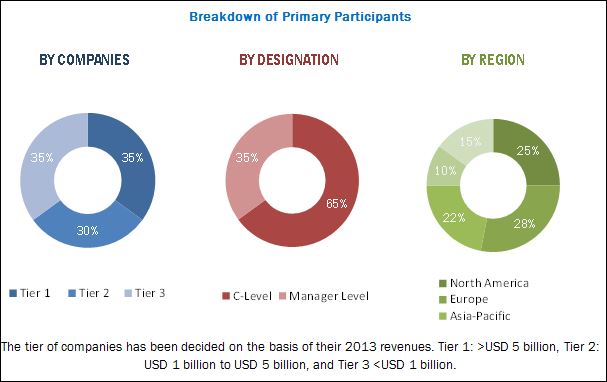
MarketsandMarkets projects that the blister packaging market will grow from USD 11.94 billion in 2015 to USD 18.25 billion by 2022, at an estimated CAGR of 6.25%.
Download PDF Brochure: https://www.marketsandmarkets.com/pdfdownloadNew.asp?id=24775059
Asia-Pacific region is expected to grow at the fastest rate
The blister packaging market is growing rapidly as a result of the increasing demand in the healthcare industry. Growing aging population worldwide, rising demand for product protection & integrity, and rising disposable income increased the demand for using conveniently packaged products with high visibility, leading to the rise in the demand for blister packaging. This has propelled the growth in the food, consumer goods, industrial goods, and healthcare industries, which in turn is likely to drive the blister packaging market over the next seven years.
High growth potential in the emerging markets of North America and Asia-Pacific is expected to provide new growth opportunities to players in the blister packaging market. Asia-Pacific accounted for the largest share in the global blister packaging market, by volume, with China being the fastest-growing market in this region. Developing countries such as Japan and India are projected to be the emerging markets, making Asia-Pacific the fastest-growing market for blister packaging. These emerging economies focus on adapting the latest technologies and manufacturing processes in various industrial segments.
The market for paper & paperboard is projected to play a key role in the market
The blister packaging market is segmented, on the basis of material, into the plastic film, paper & paperboard, and aluminum. Paper & paperboard are generally used as the base substrate in blister packs. It offers large graphics printing space, which makes the product more appealing to the customers and is hence more preferable in the retail, and industrial goods sectors.
The plastic film market accounted for the largest share in the blister packaging market in 2014 and this trend is projected to continue during the forecast period from 2015 to 2022. Growing consumption of light-weight and cost-effective material in the developing countries also drives the market. Preference for over-the-counter products is another important factor driving the blister packaging market.
On the basis of technology, thermoforming held the largest share, in terms of value, and is projected to grow at the highest rate, owing to its low initial tooling and equipment cost as compared to injection and blow molding techniques. Solvent-based heat seal coating was the most popular method of heat seal coating used in blister packaging. Among regions, Europe was the largest, accounting for 38% of the global blister packaging market.

